22 Bold Famous American Burgers You Need to Taste
Burgers have revolutionized quick meal experiences across countless dining tables and street corners.
These handheld culinary delights represent more than just food - they symbolize American cultural identity and casual comfort.
Juicy, satisfying patties nestled between soft buns create an instant connection with hunger and happiness.
Meat lovers and casual diners alike appreciate the versatility and pure enjoyment these classic sandwiches provide.
Regional variations showcase innovative approaches to seasoning, preparation, and presentation that make each burger unique.
Culinary traditions blend with personal creativity to transform simple ingredients into mouthwatering masterpieces.
Passionate chefs and home cooks continuously reimagine these beloved dishes with unexpected twists and bold flavors.
The following 22 famous American burgers will tantalize your taste buds and celebrate delicious culinary craftsmanship:
Famous American Burgers Everyone Talks About
Grills across the country turn out burgers with legendary status. Piled high or kept simple, these favorites are true icons.
Juicy Lucy
Juicy Lucy is a mouthwatering cheeseburger invention where molten American cheese flows inside a beef patty, creating a Minneapolis culinary sensation.
Minneapolis burger enthusiasts celebrate this unique burger's signature method of encasing melted cheese within two ground beef layers.
Matt's Bar & Grill first introduced the burger in 1954 after a customer requested a special cheese-filled sandwich.
Careful eating techniques prevent burning your mouth from the extremely hot cheese center.
Time magazine ranked this burger among its 17 most influential food creations.
Two Minneapolis restaurants claim credit for its original invention.
The burger requires precise preparation to seal cheese completely inside the meat.
Beef quality and cheese selection determine the ultimate Juicy Lucy experience.
Onion Burger
Oklahoma onion burgers revolutionize classic hamburger preparation by smashing thin onion slices directly into beef patties during cooking.
Depression-era resourcefulness inspired this unique method when meat was expensive and onions were affordable in the 1920s.
Griddle-cooked patties transform as onions caramelize and turn crispy, creating a rich, concentrated flavor profile.
Cooks press onions into the meat using spatula backs, ensuring maximum flavor integration and textural complexity.
American cheese melts over the sizzling patty, adding creamy richness to the intense onion-infused beef.
Soft burger buns cradle the savory creation, providing a pillowy contrast to the crisp onion edges.
Pickles and mustard (or mayonnaise) complete the classic Oklahoma-style burger experience.
Restaurants across Oklahoma continue celebrating this ingenious culinary innovation born from economic necessity.
Bison Burger
Bison burgers stand out as a lean, protein-packed alternative to traditional beef hamburgers, featuring meat from North American bison animals.
Native to the United States, these specialty burgers deliver a rich, slightly gamey flavor profile with significantly lower fat content than standard beef patties.
Buffalo burger terminology often mistakenly references bison meat, though technically different from actual buffalo meat from African or water buffalo species.
Premium bison meat commands higher prices, making these burgers a more exclusive dining experience.
Restaurants typically serve bison burgers on soft buns with classic toppings like crisp lettuce, juicy tomato slices, caramelized onions, and sharp cheddar cheese.
Sweet potato fries frequently accompany these gourmet burgers, enhancing the overall meal.
Nutritionists praise bison meat for its lean protein and reduced cholesterol levels compared to conventional beef options.
Health-conscious diners increasingly seek out this flavorful, nutrient-dense burger alternative.
Green Chile Cheeseburger
Green chile cheeseburger dominates New Mexico's culinary landscape as a spicy, iconic burger variation featuring locally grown green chiles.
Originating in the 1950s, this regional specialty transforms the classic cheeseburger with its signature roasted Hatch green chile topping.
Melted American cheese blankets the beef patty, creating a signature flavor combination that defines southwestern cuisine.
Restaurants and roadside diners across New Mexico showcase this beloved dish with pride.
Crisp lettuce and fresh onions often complement the burger's bold chile-infused profile.
Beef patties receive a distinctive char from careful grilling techniques.
Soft burger buns provide the perfect vessel for this flavorful creation.
New Mexico natives and visitors crave this distinctive regional masterpiece.
Butter Burger
Butter burgers are Wisconsin's greasy, indulgent sandwich that transforms a classic burger into a rich, melting masterpiece of dairy-soaked meat.
Originating in Glendale at Solly's restaurant since 1936, these burgers feature ground beef mixed with or topped with generous amounts of butter that drip onto the plate.
Wisconsin restaurants compete to create the most buttery version, with some adding butter to the meat mixture while others slather it on the toasted bun.
Traditionalists insist the burger must have enough butter to form a small pool beneath the meat.
Each restaurant has its own signature technique for incorporating butter into the sandwich.
Some chefs melt butter directly onto the patty during cooking, creating a glistening surface.
Butter burgers remain a beloved Wisconsin comfort food that celebrates the state's dairy heritage.
Elk Burger
Elk burgers epitomize Montana's game meat culinary tradition, featuring a lean, protein-rich patty crafted from tender dark-red elk meat that delivers a subtly sweet flavor profile unique to wild game cuisine.
Wild elk roaming Montana's landscapes provide the primary ingredient for this regional specialty, offering a healthier alternative to traditional beef burgers.
Hunters and food enthusiasts prize these burgers for their exceptional nutritional value and distinctive taste.
Preparation requires careful cooking techniques to maintain moisture, with medium-rare recommended to prevent drying.
Classic burger toppings complement elk's delicate flavor beautifully.
Restaurant menus and home kitchens across Montana showcase this versatile meat option.
Grilling brings out elk meat's natural richness, creating a memorable dining experience.
Nutritionists praise elk burgers for their high protein and low-fat composition.
Pimento Cheeseburger
Pimento cheeseburger is a Southern classic blending creamy, tangy cheese spread with juicy grilled beef between soft burger buns.
South Carolina embraces this regional sandwich as a signature dish highlighting bold flavors and simple ingredients.
Grated cheddar cheese mixed with mayonnaise and sweet pimento peppers creates the signature spread that defines the burger's unique character.
Grilling the burger patty adds smoky depth to the creamy cheese mixture.
Restaurants from Charleston to Atlanta feature this beloved burger as a staple menu item.
Southern hospitality shines through in this unpretentious, flavorful sandwich.
Comfort and tradition merge in every delicious bite of this regional specialty.
Chili Burger
Chili burgers blend hearty ground beef patties with spicy chili con carne, creating a mouthwatering fusion of American comfort foods.
Originating in 1920s Los Angeles through Thomas M. DeForest's innovative recipe, these burgers feature a juicy meat patty smothered in rich, seasoned chili.
Melted cheese and chopped onions often crown the burger, adding layers of flavor and texture.
Restaurants serve chili burgers open-faced or with a traditional bun, allowing diners to customize their experience.
Crispy french fries typically accompany this indulgent meal, complementing the burger's robust profile.
Street vendors and diners across the United States have embraced this classic dish.
Chili burgers remain a popular choice for those craving a satisfying and spicy twist on the traditional hamburger.
Pastrami Burger
Pastrami burgers fuse classic deli meat with American burger culture, originating from James Katsanevas' innovative recipe at Minos Burgers in Anaheim during the early 1970s.
Jewish immigrants from New York City introduced pastrami to Los Angeles, sparking culinary creativity in Southern California.
Layered between toasted sesame seed buns, these burgers feature juicy beef patties topped with thin-sliced pastrami, melted cheese, crisp lettuce, and fresh tomatoes.
Signature fry sauce - a zesty blend of ketchup, mayonnaise, sweet relish, and onion powder - adds tangy complexity to the sandwich.
Savory pastrami provides rich, smoky flavor that elevates the traditional hamburger experience.
Restaurants across Southern California embraced this unique sandwich, transforming it into a regional favorite.
Meat lovers celebrate the burger's bold combination of textures and flavors.
Slaw Burger
Slaw burgers blend Southern United States culinary traditions with a crisp, tangy twist on classic hamburgers.
Traditionally crafted with a juicy beef patty, these burgers feature creamy coleslaw as a signature topping that adds crunch and zesty flavor.
Typical ingredients include sliced tomatoes, onions, and a special coleslaw dressing that seeps into the top bun for enhanced taste.
Southern restaurants and home cooks often customize their slaw burgers with unique dressing recipes and preparation methods.
Each burger combines soft bun textures with the cool, creamy coleslaw and warm meat patty.
Diners appreciate the contrasting temperatures and complementary flavors in this iconic Southern sandwich.
Slaw burgers remain a beloved comfort food across southern states, offering a satisfying meal with every bite.
Theta Burger
Theta burgers shine as an Oklahoma culinary treasure featuring a juicy meat patty nestled in a soft bun and generously topped with hickory sauce, mayonnaise, dill pickle slices, and shredded cheddar cheese.
Restaurants in Oklahoma City first popularized this regional specialty during the mid-20th century.
Split-T restaurant claims original creation of the burger, though some historians credit Ralph Geist from Town Tavern in Norman as its potential inventor.
Oklahoma diners embraced this unique sandwich for its distinctive flavor combination.
Hickory sauce provides a smoky tang that sets this burger apart from standard hamburger recipes.
Dill pickles add crisp texture and sharp notes to the burger's profile.
Melted cheddar cheese creates a creamy element that complements the meat's richness.
Locals have enjoyed this regional favorite for generations, making it a beloved state specialty.
Slopper
Slopper stands out as a messy, chili-drenched hamburger originating in Pueblo, Colorado during the mid-20th century.
Generously covered in red or green chili sauce, this unique burger transforms a classic sandwich into a knife-and-fork meal.
Gray's Coors Tavern and Star Bar compete for the invention claim, with origins dating between the 1950s and 1970s.
Toppings often feature french fries, adding extra texture and heartiness to the dish.
Crispy onions and creamy avocado slices provide additional flavor complexity.
Regional Colorado restaurants continue serving this unconventional burger variation.
Locals consider slopper a quintessential comfort food that celebrates bold, spicy flavors.
Steamed Cheeseburger
Steamed cheeseburgers are a distinctive Connecticut culinary creation featuring ground beef and cheese steamed to perfection in specialized metal molds.
Originating in Meriden, this regional specialty transforms traditional burger preparation by using steam instead of grilling or frying.
Steaming ensures the meat remains incredibly juicy and tender while melting the cheddar cheese into a creamy, smooth topping.
Restaurants like Ted's Restaurant pioneered this unique cooking method in the 1920s.
Bread rolls typically accompany the burger, creating a complete meal.
Locals and food enthusiasts prize these burgers for their unique texture and intense flavor profile.
Connecticut residents consider this burger a true state delicacy.
Steamed cheeseburgers offer a distinctive twist on classic American burger traditions.
Luther Burger
Luther burger is an extreme calorie-dense American sandwich featuring a glazed donut replacing traditional bread, creating a shocking sweet-savory flavor combination.
Originating at Mulligan's Bar in Georgia, this indulgent creation emerged when a kitchen worker unexpectedly substituted hamburger buns with donuts.
Massive amounts of fat and calories define this burger, typically exceeding 1,000 calories and 45 grams of fat per serving.
Standard burger ingredients like beef patty, bacon, and cheese remain consistent with classic cheeseburger construction.
Krispy Kreme donuts serve as the preferred bread substitute, adding a sugary glaze to the meat-based sandwich.
Regional southern cooking inspired this unconventional meal that breaks traditional burger boundaries.
Minimal additional toppings or condiments accompany the intense flavor profile.
Adventurous eaters seeking an extreme culinary experience gravitate toward this decadent burger variation.
Olive Burger
Olive burgers showcase Michigan's unique culinary creativity with ground beef patties topped with a zesty olive-mayonnaise blend.
Originating in Michigan, these signature burgers feature a simple yet distinctive combination of fried meat and chopped green olives.
Green pitted olives are finely chopped and mixed with mayonnaise to create a tangy spread that elevates the classic burger.
White hamburger buns provide the perfect base for this savory sandwich.
Restaurants across Michigan have embraced this regional specialty since its creation in the mid-20th century.
Each bite delivers a rich, briny flavor from the olive mixture that complements the juicy meat.
Michigan diners and restaurants continue to celebrate this iconic burger as a beloved state specialty.
Ramen Burger
Ramen burger revolutionizes classic hamburger design by replacing traditional bread with crispy fried ramen noodle buns, creating an ingenious East-meets-West fusion cuisine.
Japanese-American food blogger Keizo Shimamoto pioneered this innovative dish in Brooklyn during 2013, sparking widespread culinary excitement.
Signature preparation involves pressing cooked ramen noodles into compact circular shapes that serve as bread-like holders.
Meat patties nestled between these noodle discs receive generous slatherings of savory shoyu sauce for enhanced flavor complexity.
Arugula and fresh scallions crown the burger, adding green brightness and subtle peppery notes.
Noodle buns provide a distinct textural crunch different from standard hamburger rolls.
Street food enthusiasts quickly embraced this creative sandwich as a trendy crossover meal.
Shimamoto's inventive concept transformed simple ingredients into a globally recognized gastronomic phenomenon.
San Antonio Bean Burger
Beanburgers represent a distinctive San Antonio street food featuring a savory beef patty generously layered with refried beans, crushed Fritos, diced onions, and Cheez Whiz.
Frank Sills pioneered this unique burger creation at his Sills Snack Shack, establishing its local culinary significance.
Street vendors and small restaurants across San Antonio embraced the unconventional combination of ingredients.
Corn chips add a satisfying crunch to the burger's texture.
Fritos provide a salty, crispy element that complements the meat and beans.
Processed cheese sauce melts seamlessly over the warm patty.
Onions contribute a sharp, fresh bite to the overall flavor profile.
Locals have enjoyed this hearty sandwich as a quick and filling meal for decades.
Fluff Screamer
Fluff screamers are iconic Pennsylvania roadside burgers bursting with unexpected flavor combinations from Tony's Lunch in Girardville.
Messy and unconventional, these burgers blend savory and sweet ingredients in a wildly satisfying sandwich.
Beef patties form the foundation of the burger, topped with spicy chili sauce and sharp raw onions.
Marshmallow fluff creates a surprising creamy layer that melts into the hot meat.
American cheese occasionally adds another dimension of richness to the already complex sandwich.
Regional diner culture inspired this unique creation decades ago.
Small-town culinary creativity transformed a simple burger into a memorable regional specialty.
Locals and traveling food adventurers seek out this unusual regional delicacy for its bold taste profile.
Poached Burger
Poached burgers embody a unique Wisconsin culinary innovation pioneered by Pete Gokey in Prairie du Chien.
Shallow hot water transforms standard burger patties by keeping them exceptionally moist and tender during cooking.
Sliced onions added to the water pan infuse rich flavor into the meat while preventing dryness.
Pete's original technique emerged from a practical solution to prevent hamburgers from becoming too dry during busy restaurant periods.
Bakery rolls serve as the perfect vessel for these juicy meat patties.
Cooked patties receive a generous scoop of flavorful onions from the cooking liquid.
Horseradish mustard provides a sharp, tangy finish to this regional specialty.
Wisconsin diners continue to enjoy this distinctive burger preparation at Petes Hamburgers, where the tradition began.
Deep-Fried Burger
Deep-fried burgers are Memphis-style sandwiches that revolutionize traditional hamburger preparation by immersing beef patties directly into sizzling beef tallow.
Dyers restaurant pioneered this unique cooking method in Tennessee, creating an iconic American fast food experience.
Chefs flatten ground beef patties and submerge them quickly in hot beef fat, ensuring rapid cooking and maximum flavor absorption.
Each burger emerges crispy on the outside while maintaining a juicy interior that seals in rich meaty tastes.
Toppings typically include melted American cheese, sharp yellow mustard, fresh sliced onions, and tangy dill pickles.
Hamburger buns cradle these golden-brown patties, providing a perfect vessel for the intense flavor profile.
Cooking time rarely exceeds one minute, allowing the meat to deflect excess oil while maintaining its succulent texture.
This deep-frying technique transforms an ordinary burger into a Memphis culinary tradition that continues to surprise and delight diners.
Slugburger
Slugburger is a unique American burger originating in Corinth, Mississippi, created during the Great Depression as an economical meat alternative.
Resourceful cooks developed this innovative dish by mixing ground meat with potato flour or soybeans to stretch limited food resources.
Nicknamed after the five-cent coin called a "slug," these compact burgers cost a nickel when first introduced by John Weeks.
Canola oil transforms the thin meat patties into crispy, golden delicacies with a distinctive texture.
Small hamburger buns cradle each burger, which gets topped with tangy pickles, sharp mustard, and fresh onions.
Regional diners and small restaurants still serve this nostalgic comfort food throughout Mississippi and surrounding Southern states.
Despite its unconventional name, slugburgers contain no actual slugs but represent clever culinary innovation born from economic hardship.
Generations of Southerners continue to enjoy this budget-friendly, flavorful burger that tells a story of resilience and creativity.
Nutburger
Nutburgers epitomize Montana's unique culinary creativity, featuring a smashed beef patty fried to crispy perfection and generously topped with crushed peanuts and tangy Miracle Whip.
Regional diners and small-town restaurants first popularized this unconventional burger in the mid-20th century across Big Sky Country.
Hungry patrons appreciate the surprising crunch from roasted peanuts and distinctive sweet-savory spread covering the meat.
Homemade versions often substitute Miracle Whip with a blend of mayonnaise and sugar for similar zesty flavor.
Midwestern cooking traditions heavily influenced this burger's unexpected ingredient combination.
Restaurant menus in Montana still showcase this nostalgic sandwich as a classic regional specialty.
Rural communities embraced the Nutburger as an affordable and satisfying meal option.
How Do American Burgers Differ from Those in Other Countries?
American burgers have become iconic worldwide, but they often stand out due to their unique characteristics compared to burgers from other countries:

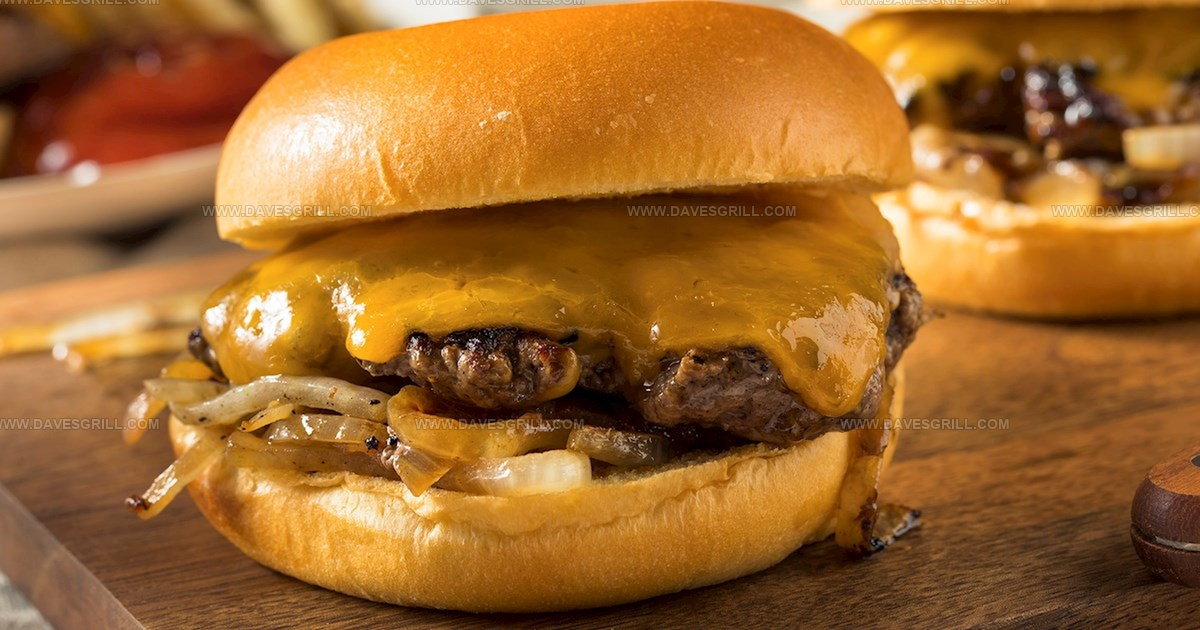
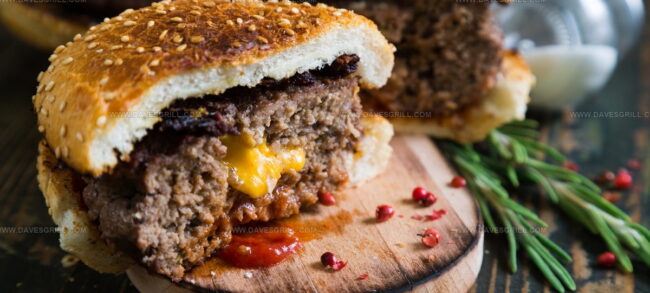
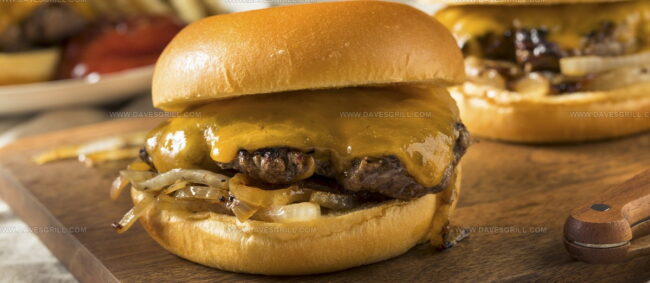
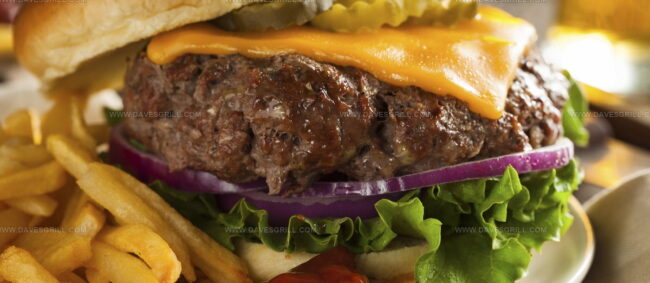
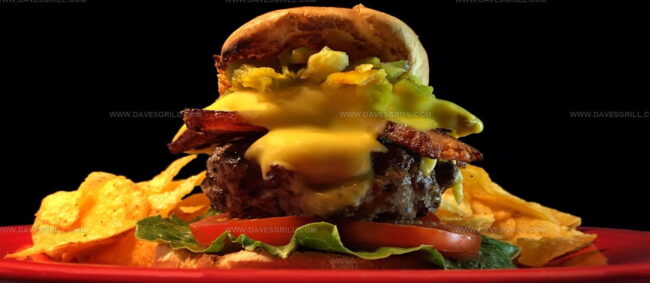
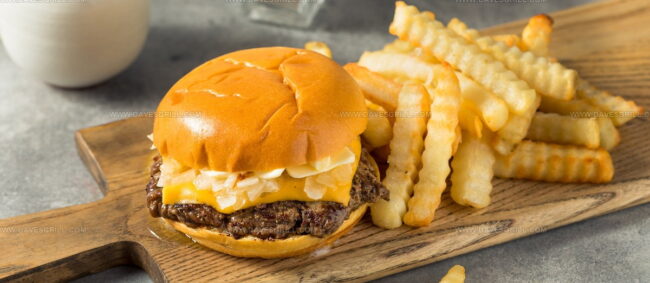
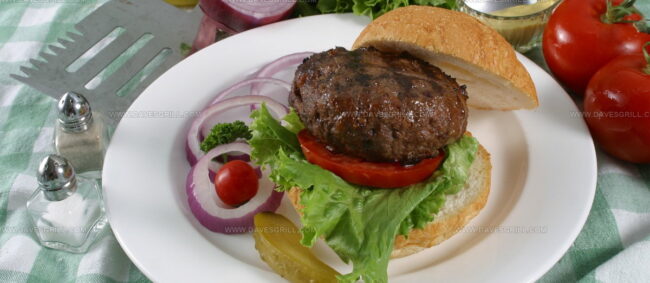
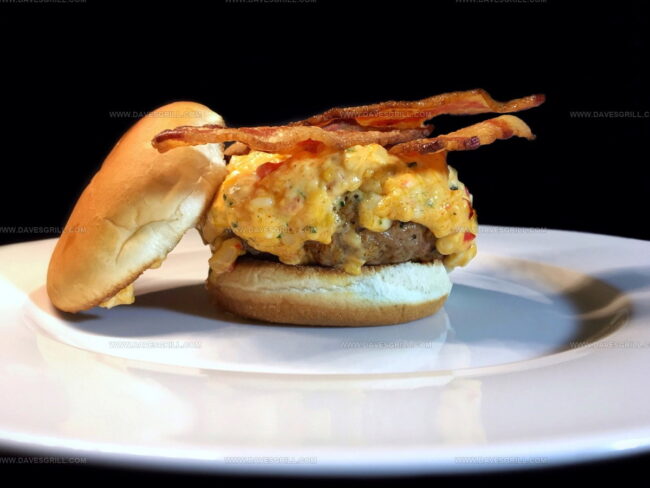
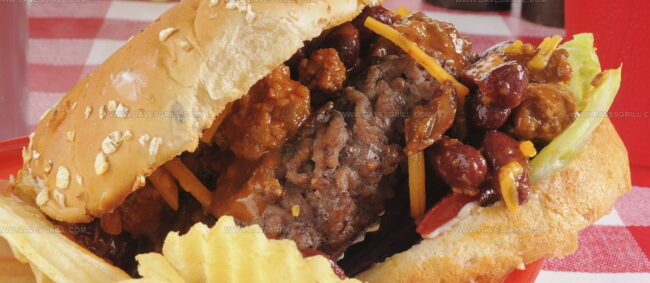
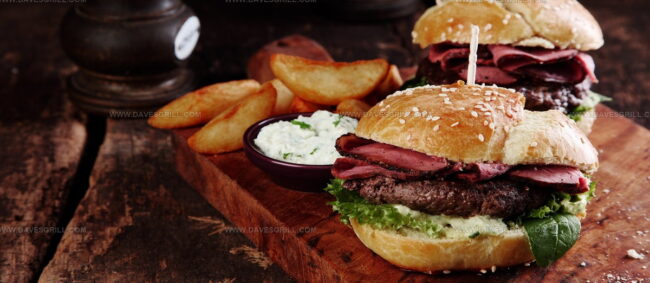
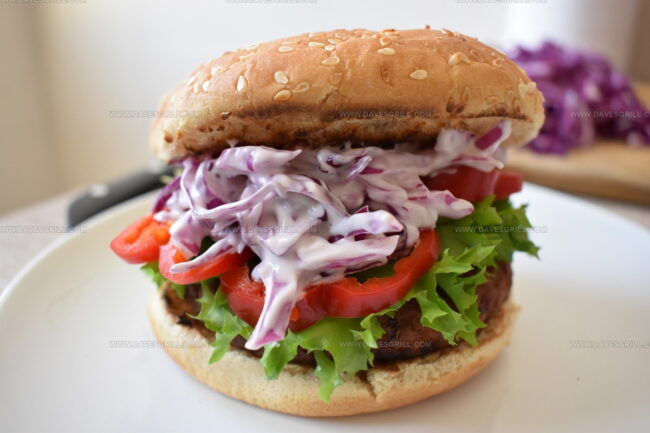
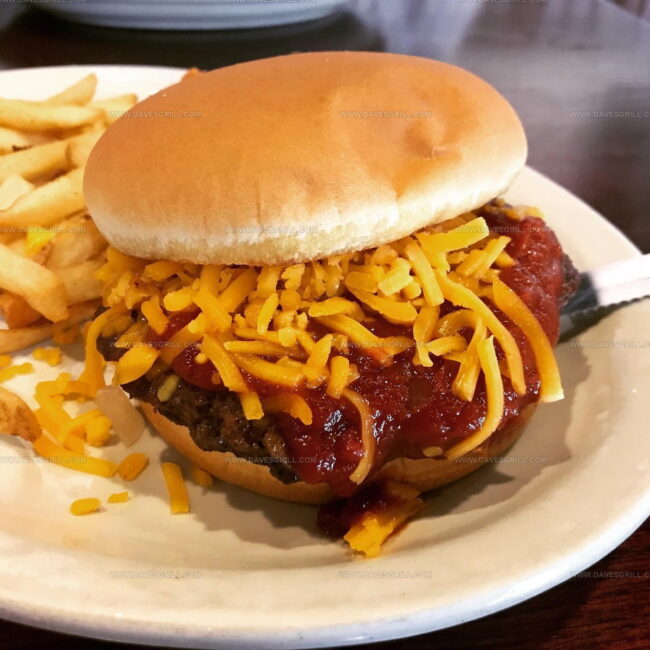
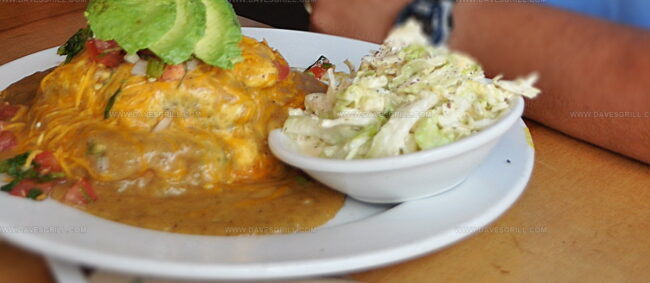

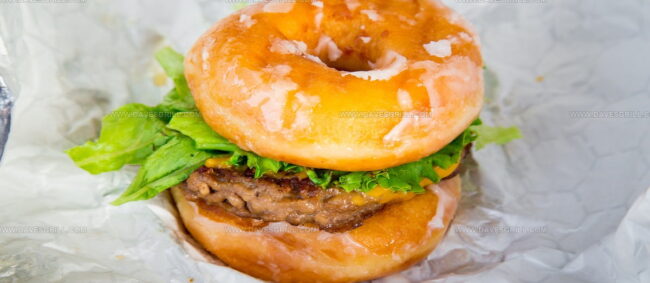
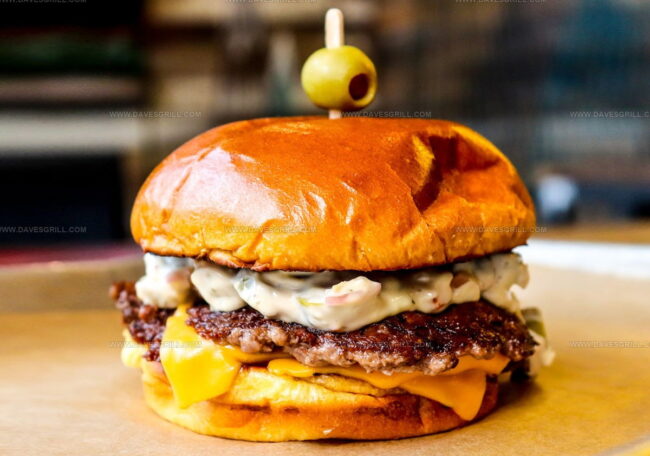

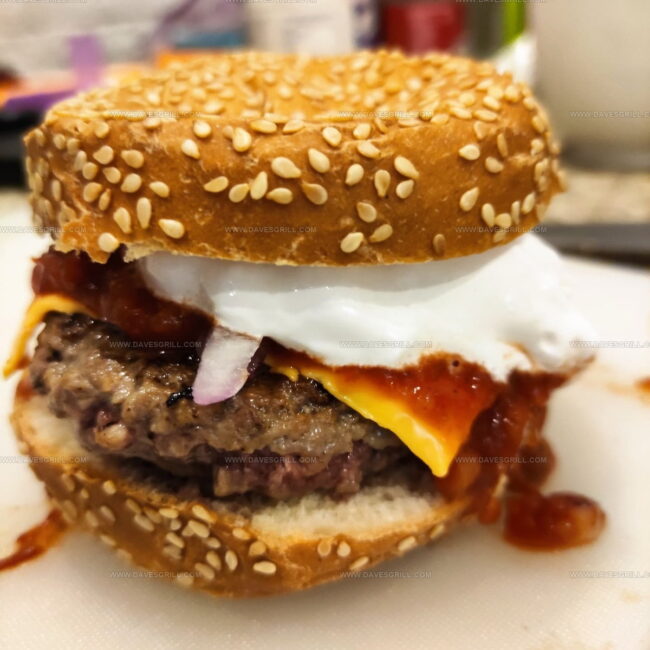
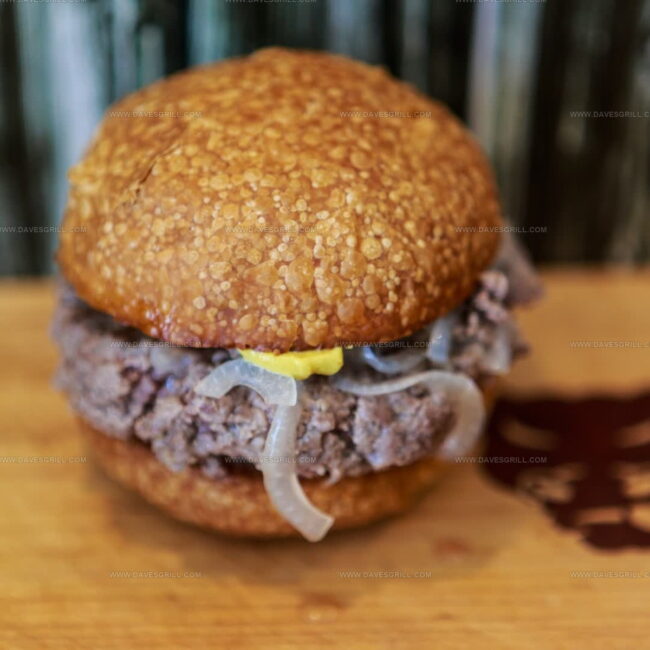
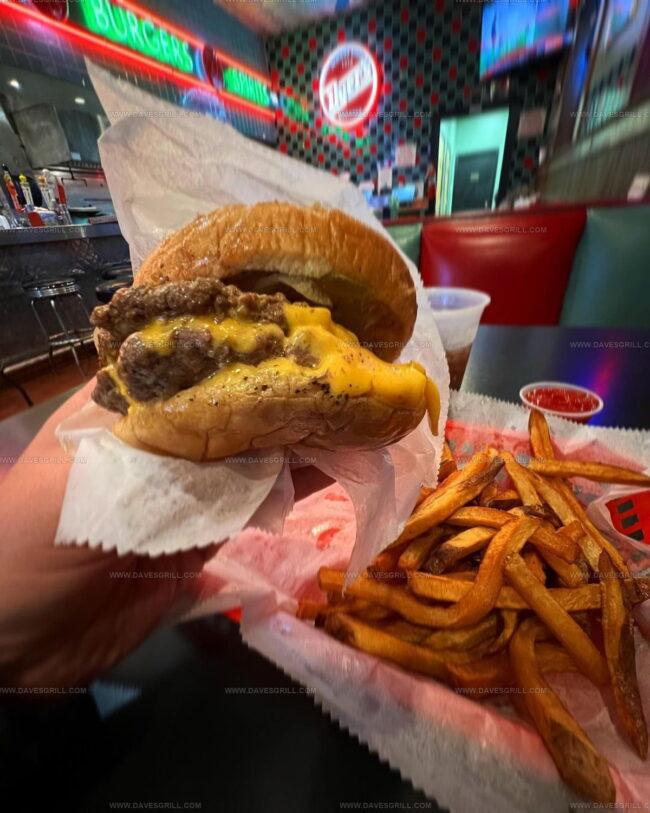
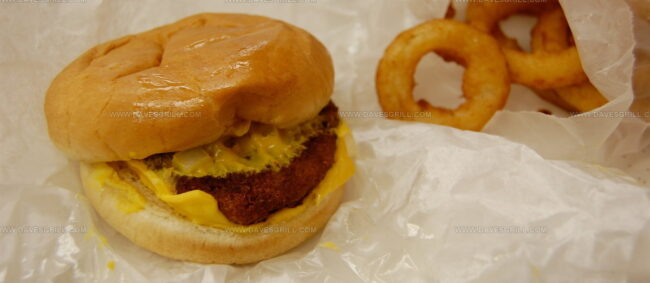
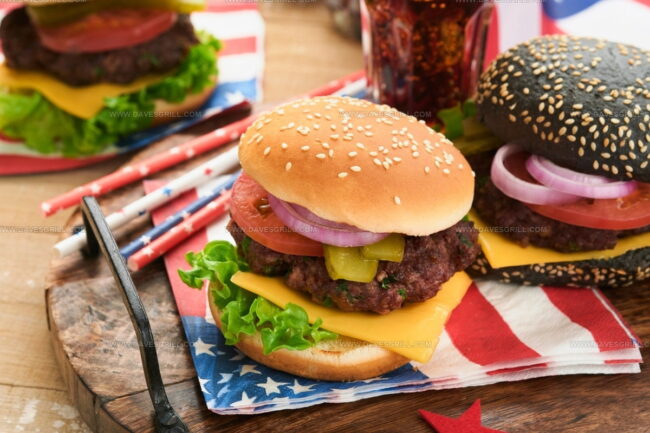
Dave Mitchell
Founder & Chief Recipe Developer
Expertise
Education
Asheville-Buncombe Technical Community College
Associate of Applied Science in Culinary Arts
Focus: Comprehensive training in culinary techniques, kitchen management, and menu planning, with a special emphasis on grilling and outdoor cooking.
Dave Mitchell is the heart behind Daves Grill, a cook, writer, and lover of all things grilled. He studied Culinary Arts at Asheville-Buncombe Technical Community College and spent years cooking, testing, and sharing recipes that actually work.
Dave started Daves Grill to keep things simple: one great recipe at a time. His food is bold, easy to follow, and made for real people with regular kitchens. From juicy steaks to quick sides, Dave’s recipes bring the heat without the hassle.